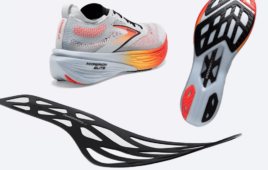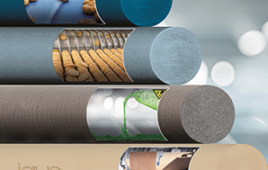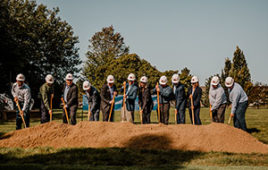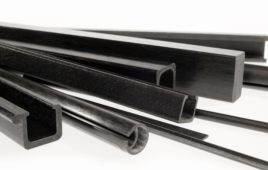From providing better treatment and outcomes in healthcare to promoting sustainability by lowering carbon footprints and limiting the consumption of raw materials, the EU-funded NanoGrow project is helping advanced materials realise their full potential.
Although advanced materials are widely recognised as being a key enabling technology, they first need to be more fully developed. Here, the NanoGrow project has developed a novel strategy for producing highly porous, lightweight advanced materials featuring a controlled pore structure, mechanical properties and additional functionality.
To develop this material, researchers utilised a technique to ‘grow’ polymer nanocomposites as conformal coatings onto porous substrates, such as open-cell foams. The coating was deposited using layer-by-layer assembly, which sequentially deposits thin layers of alternating materials. “By using this technique to deposit alternating layers of nano-clay and polymer, we created highly reinforced nanocomposites having a brick-and-mortar structure, along with high mechanical strength and stiffness,” says Project Researcher Andrew Hamilton.
Researchers also explored the use of mechanical loading as a processing parameter to target more deposition of thicker coatings in regions subjected to higher loading. “By adjusting the thickness, composition and processing parameters of the coatings, we produced customised materials suitable for use with a diverse range of targeted applications, including porous scaffold materials for tissue engineering and lightweight porous structures for aerospace and transport applications,” says Hamilton.
Advanced materials, practical applications
In healthcare, the porous materials developed by NanoGrow are being used as engineered tissue scaffolds that repair widespread damage too large for the natural healing process to address. For example, in our bone structure, such critical sized defects can be caused by traumatic injuries or when surgically re-sectioning bone tumours. In these cases, scaffold materials are used as a stand-in for the damaged bone and to guide the healing process.
“The scaffold material must provide sufficient porosity to allow cells to migrate into the scaffold, where they attach, grow and deposit new bone, but they should also provide sufficient mechanical support to the healing tissue and, as much as possible, enable normal functionality and activity,” says Hamilton. “The high mechanical properties of the brick-and-mortar nanocomposites utilised in NanoGrow help achieve combinations of higher porosity and mechanical properties than can be achieved with traditional porous scaffold materials.”
According to Hamilton, the combination of high porosity and high mechanical properties can also improve efficiency in applications where weight is critical, such as airplanes and spacecraft. “Here, providing a required level of mechanical support in a particular part by using materials with given mechanical properties and high porosity – and thus lower weight – can improve fuel efficiency and range, while also reducing fuel consumption and CO2 emissions,” he says.
Continuing to grow
The NanoGrow project has successfully established novel material systems and fabrication techniques with the potential to spur further innovation. Even though the project is now complete, Hamilton says that many of the NanoGrow researchers continue to advance the techniques and material systems developed during the project. “I am proud that the researchers who worked on NanoGrow continue to use the techniques and ideas from this project in the work that they are conducting in new research roles,” he adds.
Filed Under: Materials • advanced




